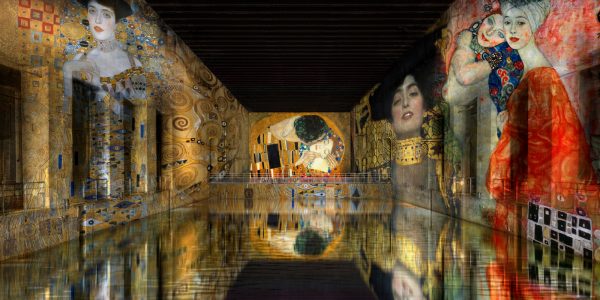Digital art takes its first steps in New York in the 1930s. The gallery owner of the surrealists, Julien Levy wondered how to commercialize the filmic experiments of his artists. In particular, the gallery owner thought of selling them in a limited edition to enhance cinema as a narrative borrowed from literature and as an artistic language close to the pictorial image and photography. Levy wrote in his memoirs: “Films conceived by important painters such as Duchamp, Léger, or Dalì should have the same value as a canvas painted by their hand”.
Digital art: the artistic phenomenon
Even if the first video experiments of the Futurists, the Surrealists and the ‘900 avant-gardes were ahead of their time. Video art is an artistic phenomenon that becomes official towards the end of the 60s and the early 70s. In the 90s, it became a mass phenomenon thanks to digital technologies, becoming one of the progenitors of digital art. Technique and creativity, art and technologies are always a winning combination.
Today, festivals and initiatives related to video art and digital art are multiplying exponentially. However, this, without there being a true horizontal culture, is capable of providing the minimum and necessary tools for understanding this phenomenon.

In fact, the debate is often still sadly today on the artistic object and on the “problem” of its reproducibility.
Collecting Digital forms of Art
Of course, there are many problems related to the marketing and archiving of video art and digital artworks. Nonetheless, a very evident trend has emerged in recent years. Collectors, especially the most refined and demanding ones and the most important foundations, are increasingly interested in the phenomenon of digital art. They started buying digital works with correct legal procedures, thus winning not only the exploitation rights, but also the possibility of creating new original masters on new media.
Digital art is carving out its own privileged space among collectors. This is also thanks to the powerful scenic impact with strong innovative symbolic meanings. However, paradoxically limiting its diffusion the most is its immaterial nature and the ease with which it can be reproduced. These peculiarities generate a strong distrust of collectors accustomed to the object as a “fetish”. Historically sculpture, painting, drawing and up to a certain time also to photography.
Digital artists have a wide range of techniques to express themselves creatively. The digital revolution has changed the process of creating images and their diffusion.
It is a question of ubiquitous, interactive, spectacular, immersive, personalized consumption. Or collective, shared and free. For example the GIF-animatic by Canadian Lorna Mills exhibited in March on 45 mega screens in Times Square. Only those who own the original files and all the necessary certifications regarding the authenticity of that work can claim to have it in order to be able to replicate it in a few centuries.